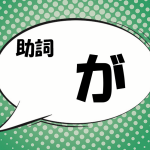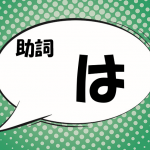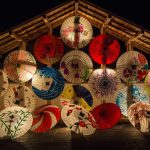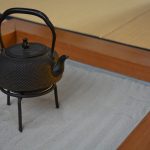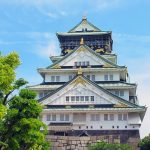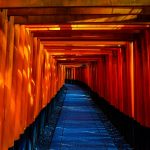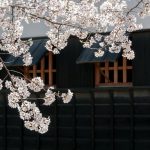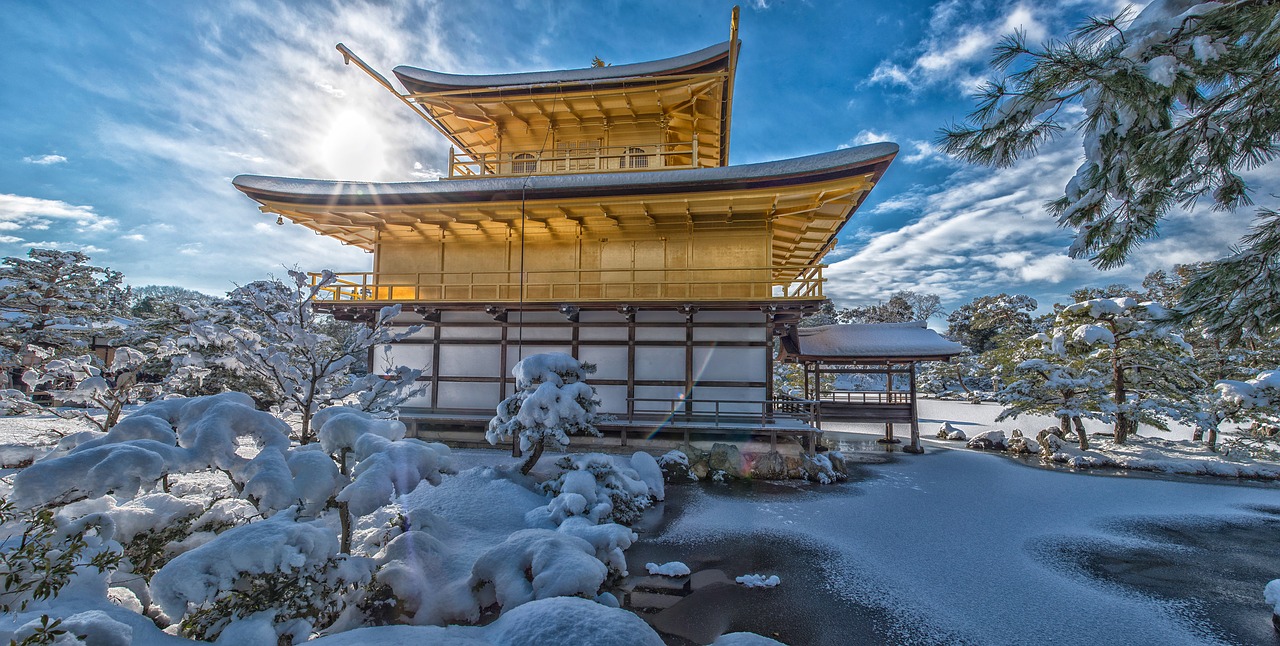
目次
What are Japanese participles?
Let’s learn the particle wa/は for now.
The particle wa/は
The particle wa/は works as a topic marker in a sentence to introduce a topic. When a word is followed by wa/は, it will be marked as a topic in a sentence.
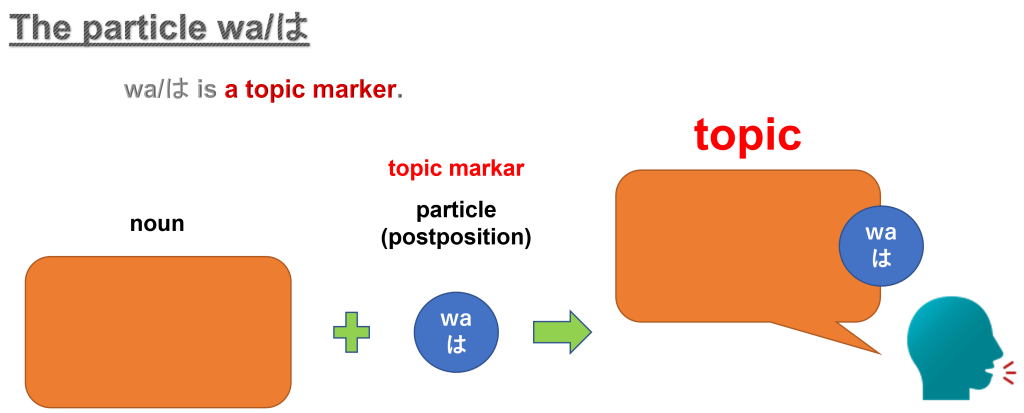
All you need to do is just put wa/は after the word which you want to introduce as a topic.
For example, if you want to talk about “watashi/わたし” which means “I”, start conversation with “Watashi/わたし wa/は”.
If you want to talk about “nihon/にほん” which means “Japan”, start conversation with “Nihon/にほん wa/は”.
wa/は is often used when people talk about general truths or speaker's general idea, describe what something is like and explain something.
wa/は is often used for the topic of Yes / No questions and the topic which is given by someone else.
Let's look at these cases.
When to use the particle wa/は
wa/は is used in the following cases.
- wa/は is used when people talk about general truths.
<Example 1>
Chikyuu wa marui.
ちきゅう は まるい。
地球 は 丸い。
[the earth wa/は round]
The earth is round.
If you want to talk about the general truth of "Chikyuu/ちきゅう", put wa/は after "Chikyuu/ちきゅう."
<Example 2>
Tookyoo wa nihon no syuto desu.
とうきょう は にほん の しゅと です。
東京 は 日本 の 首都 です。
[Tokyo wa/は Japan of capital is]
Tokyo is the capital of Japan.
Here, "Tokyo is the capital of Japan" is general truth.
- wa/は is used when people talk about speaker's general idea.
<Example 3>
Umi wa kirei.
うみ は きれい。
海 は きれい。
[sea wa/は beautiful]
(I think) Sea is beautiful in general.
Everyone has their own way of thinking. If you want to express your own opinion about something, you can use wa/は.
- wa/は is used when people describe what something is like.
<Example 4>
Kyoo wa atsui.
今日 は あつい。
今日 は 暑い。
[today wa/は hot]
It's hot today.
Here, today is described as hot. The word before wa/は is always the target of description and the phrase after wa/は is always description.
<Example 1>
Chikyuu wa marui.
ちきゅう は まるい。
地球 は 丸い。
[the earth wa/は round]
The earth is round.
Here pick up <Example 1> again. "Chikyuu/ちきゅう" is the target of description and "marui/まるい" is the description. The target of description is followed by wa/は like this.
- wa/は is used when people explain something.
<Example 5>
Watashi no namae wa Takuya desu.
わたし の なまえ は たくや です。
私 の 名前 は たくや です。
[I of name wa/は Takuya is]
My name is Takuya.
Here, wa/は is used to explain the name of person.
<Example 2>
Tookyoo wa nihon no syuto desu.
とうきょう は にほん の しゅと です。
東京 は 日本 の 首都 です。
[Tokyo wa/は Japan of capital is]
Tokyo is the capital of Japan.
Here, pick up <Example 2> again. This sentence explains Tokyo. We know this because Tokyo is followed by wa/は.
- wa/は is often used for the topic of Yes / No questions.
- wa/は is often used for the topic which is given by someone else.
<Example 6>
Eego wa suki desu ka.
えいご は すき です か。
英語 は 好き です か。
[English wa/は favorite is ?]
Do you like English?
Hai, eego wa suki desu.
はい、えいご は すき です。
はい、英語 は 好き です。
[yes, English wa/は favorite is]
Yes, I like English.
Here, English is the topic of Yes / No question because "eego/えいご" is followed by wa/は.
The topic of the answer of Yes / No question is often followed by wa/は because it is the topic which is given by someone else.
If you want to use wa/は perfectly, you need to know the difference between wa/は and ga/が. This is because wa/は sometimes can be interchangeable with ga/が grammatically even though the meaning of the sentence changes slightly.
Please visit below link to find it out.
You may also like
https://jpgrammar.com/gavswa/
